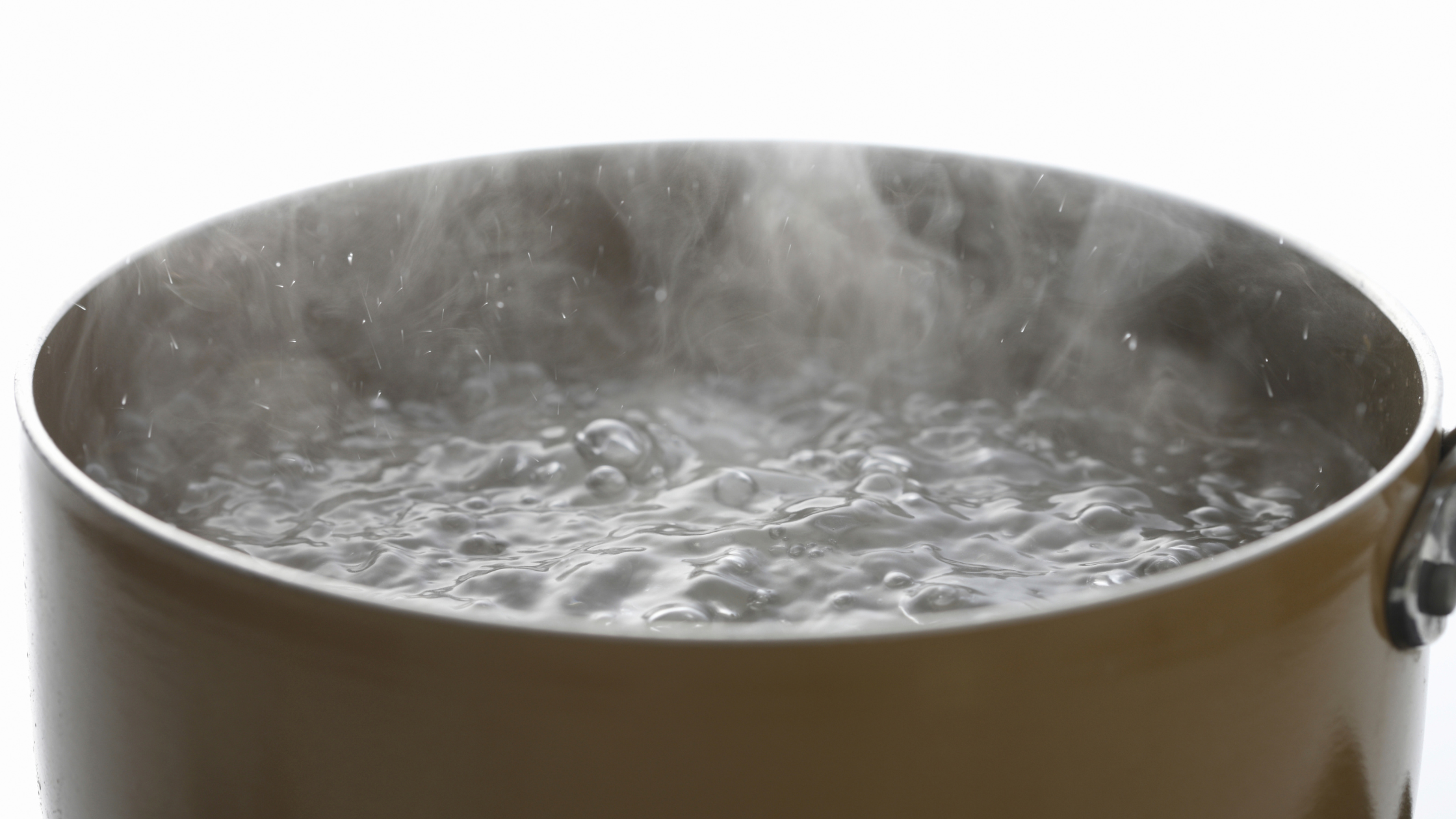How Does Boiling Clothes Work Against Stains?
February 10, 2023
Boiling clothes is an age-old technique that's commonly used for removing tough stains. But have you ever wondered how it works? Let's take a closer look at the science behind boiling clothes and find out how this simple technique can effectively remove stubborn stains from your clothes. Whether you're dealing with an oil stain or a difficult grass stain, boiling clothes may just be the solution you're looking for. Discover the power of boiling clothes as an effective and natural stain remover.
KNOWN ATTRIBUTES
Potent
KNOWN TO WORK AGAINST
Dye Stains, Protein Stains, Oil-Based Stains, Tannin Stains, Combination Stains
A Brief Overview About Boiling Clothes
Boiling clothes refers to a laundry technique in which clothes are submerged in boiling water to clean them. This method can be effective in removing tough stains and bacteria, but it can also cause shrinkage and damage to the fabric. It can be used as a last resort for removing stubborn stains, but it's important to carefully consider the type of stain and the fabric before using this method to avoid damaging the clothes.
How Does It Work?
Boiling clothes works by using heat and water to remove dirt, stains, and bacteria from fabric. The high temperature of boiling water helps to break down and dissolve dirt, oils, and other contaminants that can cause stains. The agitation of the boiling water also helps to loosen and lift dirt and stains from the fabric fibers. The science behind boiling clothes is based on the principles of thermal dynamics and the solubility of substances. When water is heated to boiling point, its temperature increases and its molecules move faster, which increases the rate of diffusion and the ability of water to dissolve and remove substances. Additionally, heat causes fibers in the fabric to expand, which can help to loosen and remove dirt and stains that are trapped in the fibers. However, boiling clothes is not a fool-proof method and can result in damage to the fabric if not done correctly. The high temperature and agitation can cause shrinkage, fading, and damage to the fabric fibers, especially for delicate materials like silk or wool. It is important to carefully consider the type of stain, fabric, and color before using boiling as a method of removing stains, and to use a gentle and controlled approach.

Does It Work in Different Types Of Stains?
- Dye Stains: Boiling clothes can be effective in removing dye-based stains such as food coloring, dye transfer from other clothing, and cosmetic products. The high temperature of boiling water helps to break down and dissolve dye particles, making it easier to remove the stain from the fabric.
- Protein Stains: Boiling clothes is also effective in removing protein-based stains such as blood, sweat, and food. The heat and agitation of boiling water help to break down the protein structure and effectively remove the stain.
- Oil-Based Stains: Boiling clothes can be effective in removing oil-based stains such as grease, oil, and makeup. The heat and agitation of boiling water help to dissolve the oil molecules, making it easier to remove the stain from the fabric.
- Tannin Stains: Boiling clothes can also be effective in removing tannin stains such as coffee, tea, and red wine. The heat and agitation of boiling water help to break down the tannin molecules, making it easier to remove the stain.
- Combination Stains: Boiling clothes can be effective in removing combination stains that contain a mix of different types of stains. The heat and agitation of boiling water help to break down and dissolve multiple types of stains, making it easier to remove the stain from the fabric.
- Boiling clothes may not work on all types of fabrics, especially delicate materials like silk or wool, as the high temperature and agitation can cause shrinkage and damage to the fabric.
- Boiling clothes may not be effective on old, set-in stains as the heat and agitation required to remove the stain can cause damage to the fabric.
- Some types of stains, such as rust and mildew, may require additional cleaning methods or products to remove from clothes.
DISCLAIMER
Please note that the information provided in this blog regarding boiling clothes is based on general knowledge and is for informational purposes only. This information should not be taken as an endorsement or guarantee of its efficacy. The effectiveness of a stain remover product may vary based on the type of fabric and stain, and it is always recommended to test the product on a small, inconspicuous area before use. The information provided does not guarantee the complete removal of stains and should not be relied upon as such.
How To Use Boiling Clothes
- Gather the necessary materials: clothes with stains, a large pot, a stove, and laundry detergent.
- Fill the pot with enough water to cover the stained area of the clothing, but don't overfill it.
- Add laundry detergent to the pot. The amount of detergent needed will depend on the size of the pot and the severity of the stain.
- Place the clothes with the stain facing up into the pot. Make sure the stain is fully submerged in the water.
- Turn the heat on high and bring the water to a boil.
- Let the clothes boil for 10-15 minutes, or until the stain has lifted from the fabric.
- Remove the clothes from the pot and rinse the stained area under cool water.
- Wash the clothes as you normally would, either by hand or in a washing machine.
- Check the stained area to ensure the stain has been fully removed before drying the clothes.
Summing It Up
Boiling clothes is a method to remove dirt, stains, and bacteria by using heat and water. The high temperature of boiling water helps break down and dissolve contaminants, while the agitation of boiling water helps loosen and lift dirt and stains from the fabric fibers. Boiling can be effective on a variety of stains such as dye, protein, oil, tannin, and combination stains. However, it may not work on delicate fabrics and old set-in stains, and may cause shrinkage and fading to the fabric. To boil clothes, gather a large pot, stove, laundry detergent, and clothes with stains. Fill the pot with water, add detergent, place the clothes with the stain facing up, and bring to a boil for 10-15 minutes. Remove from the pot, rinse under cool water, and wash as normal. Always check the care label before boiling clothes to prevent damage.
Want to share this?
